Right hemisphere role in recognition of facial expression

I Clara Age: 29. I am an elegant courtesan and independant Escort in TorontoHi ! I'm real deal with real pictures so here will be not regrets I will do my best to make all your erotic fantasies come trueI look forward to hearing from you!
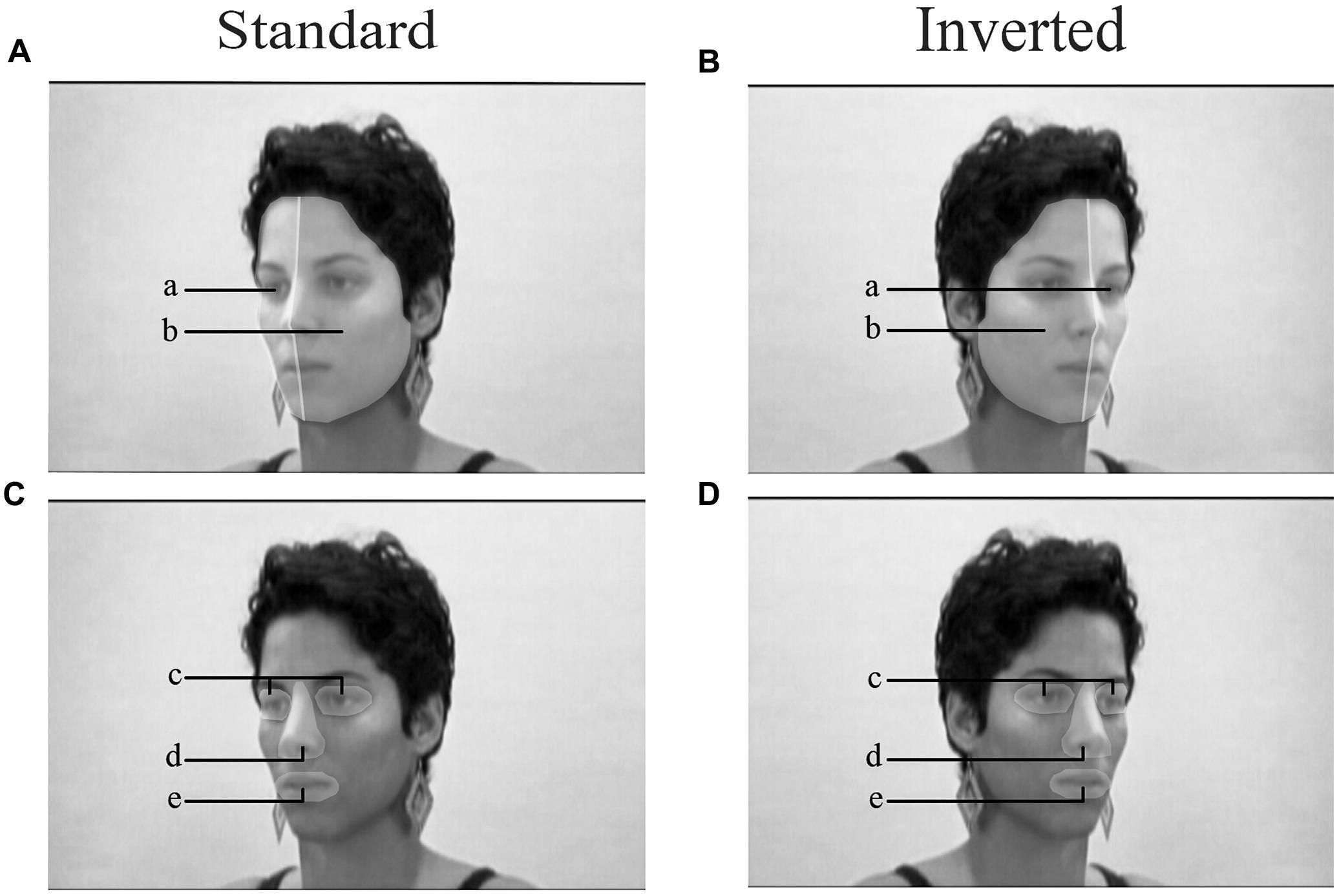


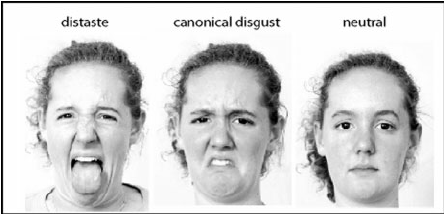
Recognition of faces expressing emotions in patients with unilateral brain damage.
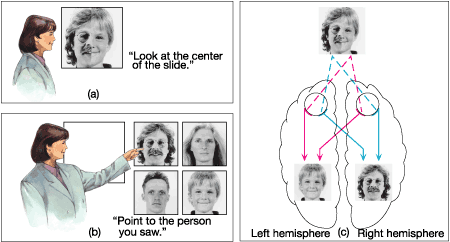
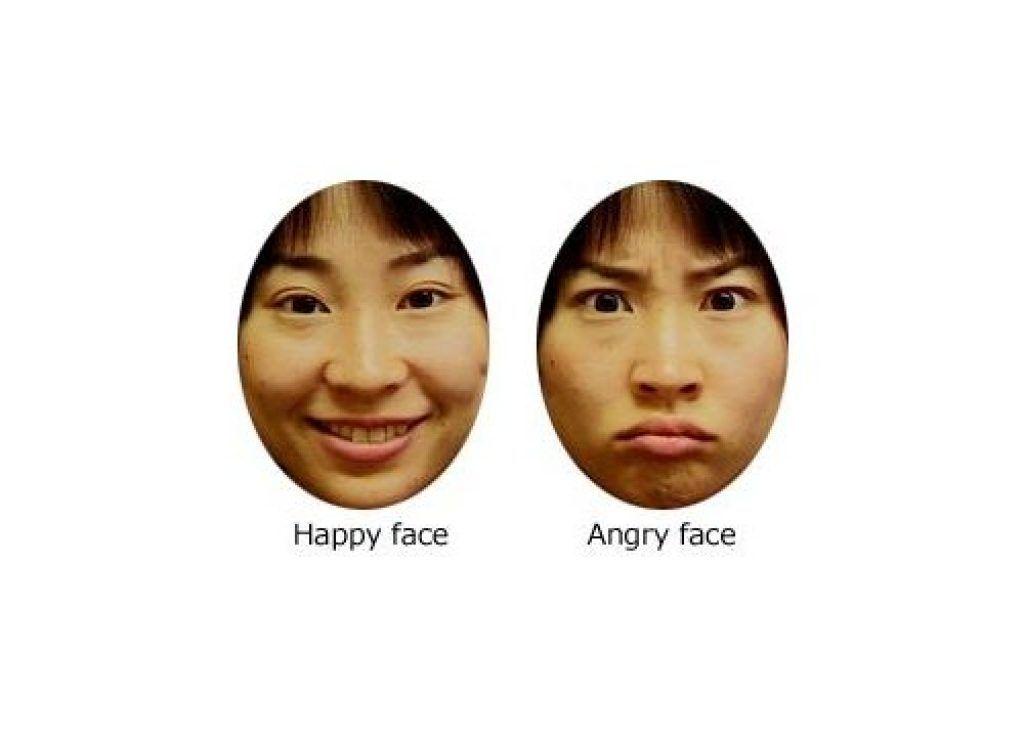
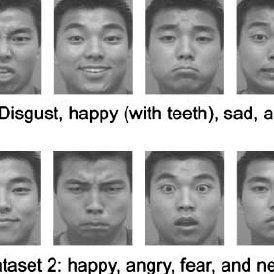


Result Filters
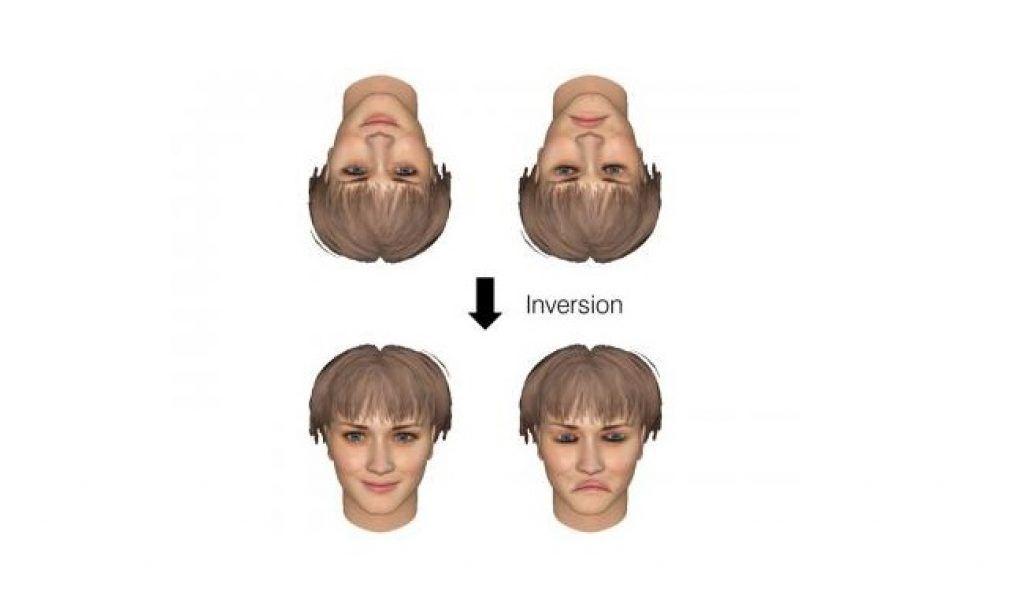


Recognition of faces expressing emotions in patients with unilateral brain damage. - PubMed - NCBI


10 Feb Thus, the present data suggest that the right and left hemispheres play different roles in the recognition of facial expressions depending on.

Recognition of faces expressing emotions in patients with unilateral brain damage. to recognize the test face exposed for 20 ms in the left or right visual field and point to The above results suggest the crucial role of the right hemisphere in.
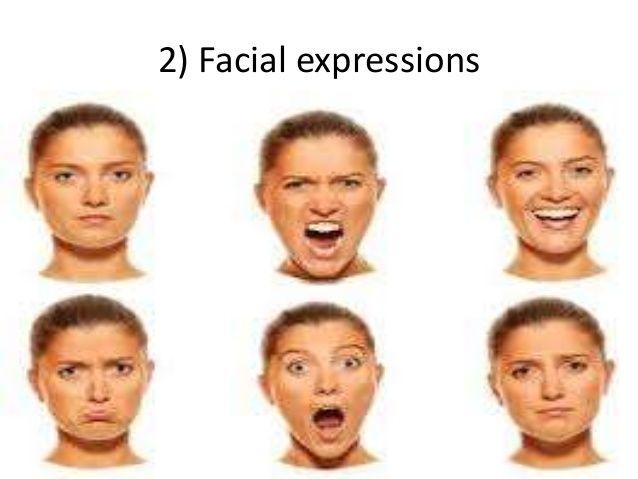

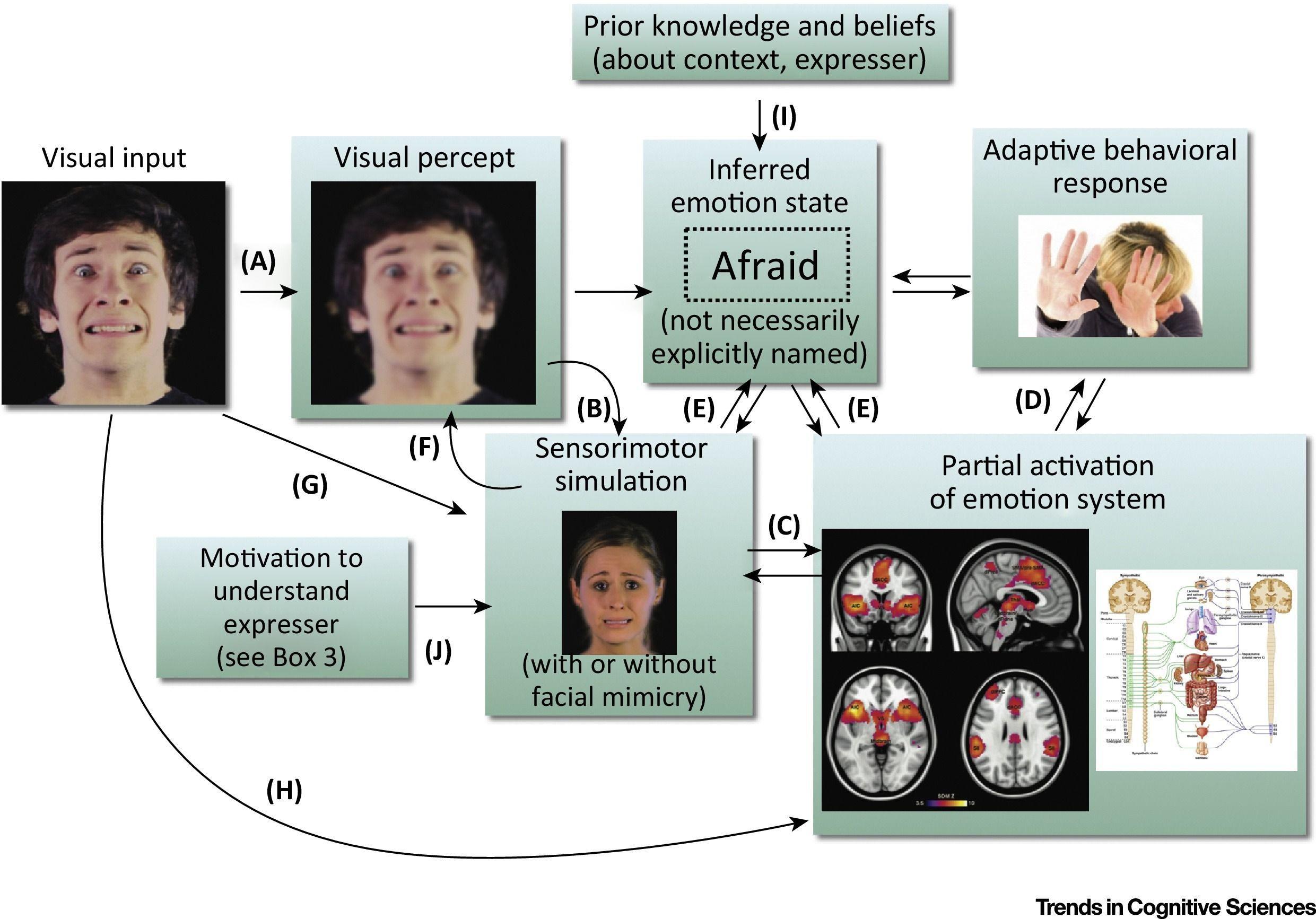

Description:The task started 30 s before the PET scan and finished 15 s after the end of the scan. Alexithymia has been reported as a typical personality problem among patients with psychosomatic disorders Sifneos, As the left hemisphere may be superior in processing information analytically through the language system, alexithymic subjects viewing facial expressions might possibly activate functions in their left hemisphere in compensation for the defect in the right hemisphere. Moreover, the superior temporal sulcus STS region is considered important because neurons in this region are tuned to respond to social signals including facial expression, eye gaze, lip movements, and gestures [34] — [40] also, see [41] for review. The question is whether the neural variations in people with alexithymia correspond with previous neurological models for alexithymia. The detailed spatiotemporal information provided by the current study is expected to shed further light on this issue. The results are also in line with Breiter's [23] study, which demonstrated left amygdala activation by comparing hemodynamic responses to happy faces with hemodynamic responses to neutral faces.



































User Comments 1
Post a comment
Comment: